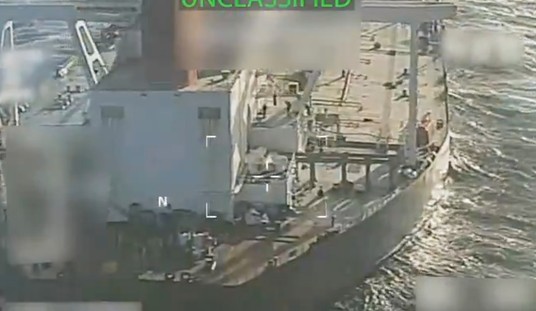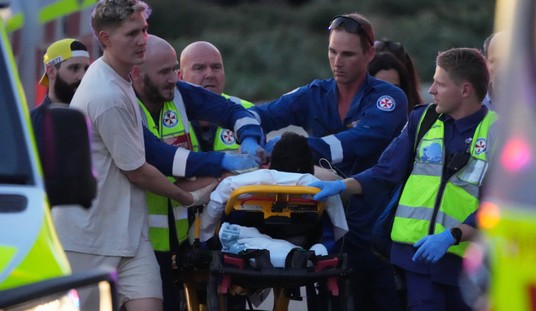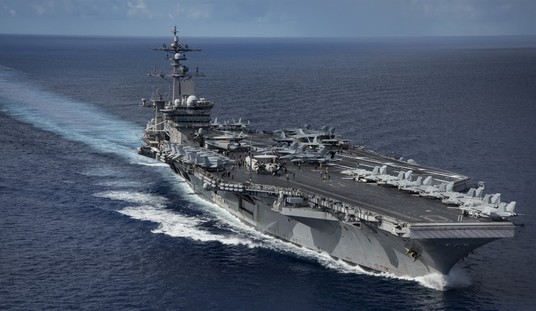As RedState reported, an Endeavor Air CRJ-900 crashed on landing in Toronto on Monday, leaving many questions about what exactly occurred. Pictures and videos taken by passengers, all of which miraculously survived, showed the regional jet lying on its back sans wings, a position that didn't seem to make much sense initially.
SEE: Delta Flight Crashes in Toronto, All Passengers and Crew Accounted For
(NOTE: For those wondering about the difference between Delta and Endeavor, the latter is a separate but wholly-owned company that conducts regional airline flights for the former. Legacy airlines contract out their regional airline flights.)
Now, video of the moment of the crash has been released, and it's providing a lot more context to how things ended up the way they did along with providing some clues to a cause. A fair warning that while it's not "graphic," it's a violent crash to witness.
🔴 A newly released video shows the exact moment of the impact of Delta Connection flight 4819 at YYZ
— Airways Magazine (@airwaysmagazine) February 18, 2025
by airmainengineer#deltaairlines #avgeek #accident pic.twitter.com/2BqnqPyxVn
On the surface, that was a hard landing, and the flight data recorder is no doubt going to tell a very interesting story. There didn't appear to be much of any flare (in layman's terms, when you lift the nose of the aircraft higher to soften the touchdown) as they got over the landing point. Some have noted the gear collapsed, which it absolutely did, but the plane rebounded upon touchdown beforehand. That points to the gear collapsing because the landing was so hard, not because of any mechanical defect beforehand.
The right wing then strikes and sheers off, causing the plane to begin to roll over on itself. That's how it ended up on its back when it came to rest. The fact that everyone survived and only 18 people were injured is a testament to how tough the CRJ design is. I don't know the exact Vref (calculated landing speed for final approach) they were flying, but at touchdown, with no real flare to bleed off speed, they were likely around 130 knots. That's a ton of energy to dissipate in a crash.
How did this happen? That's going to be something the NTSB dives into. Causes could range from pilot error over a variety of matters to some kind of unforeseen mechanical issue that didn't emerge until they were meant to flare the aircraft. Many have mentioned the wind, though that will likely still end up logged under pilot error. If you've ever followed NTSB reports, there aren't many things pilots are allowed to use as an excuse for crashing, and if wind shear is experienced, an immediate go-around is the required action. No go-around was even attempted in this case.
We'll see where this leads, though. The cause could end up being something none of us are thinking about, and the NTSB are magicians when it comes to figuring this stuff out. Given the breadth of data they'll have to work with, I don't think they'll have any issues with this case.














Join the conversation as a VIP Member